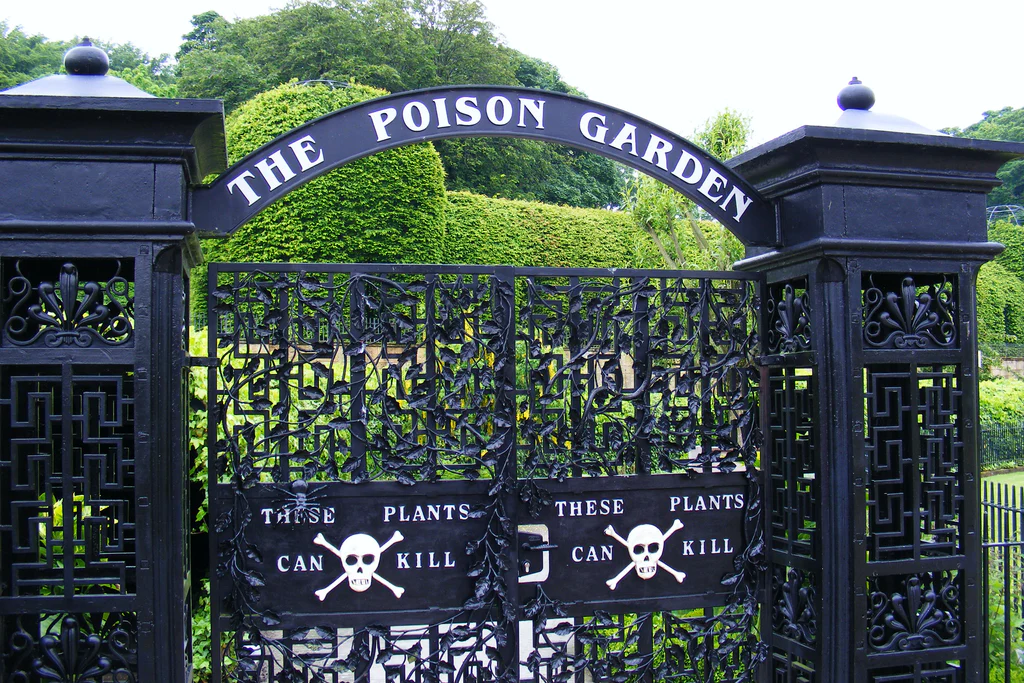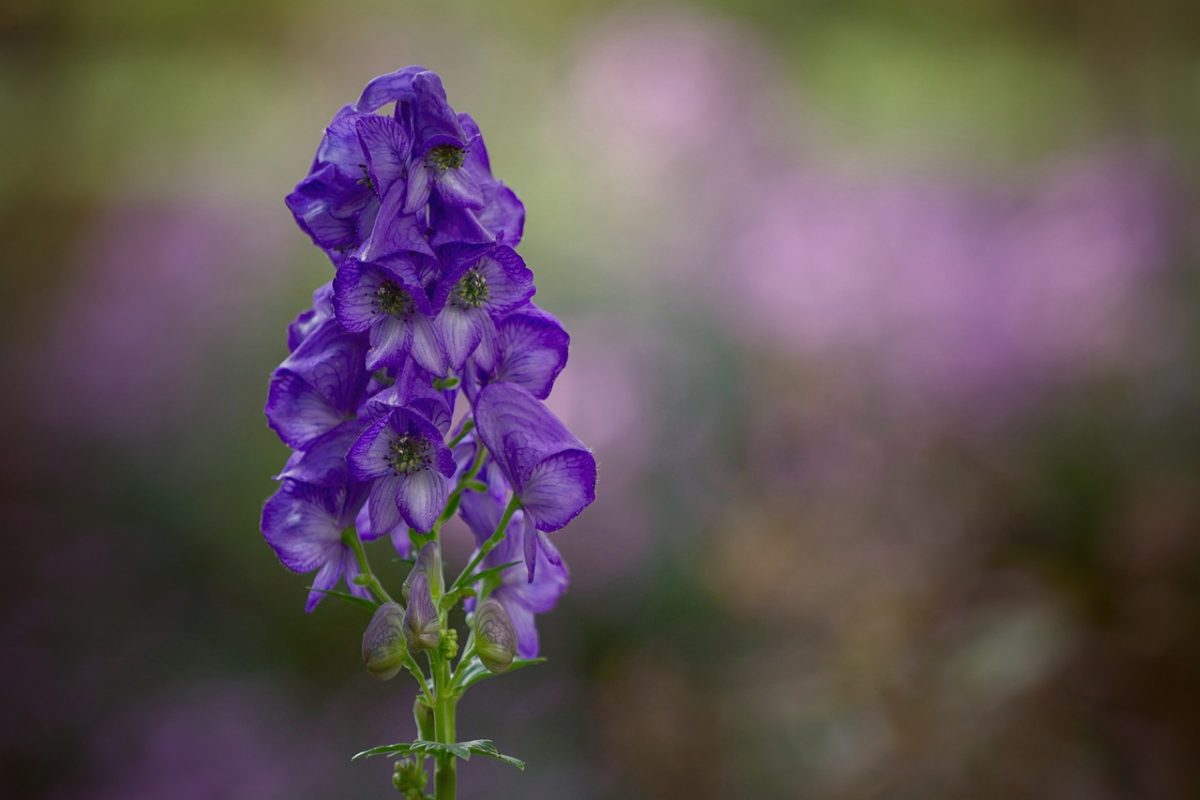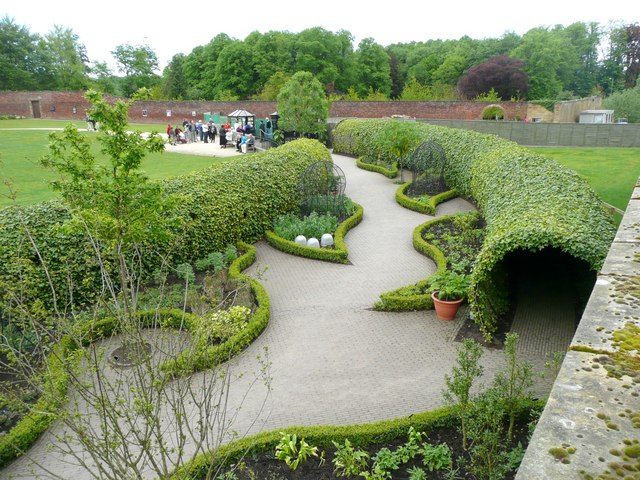Blog Posts
The Poison Garden
Nature is full of interesting, beautiful and, most of all, deadly plants. The Poison Garden, part of the larger Alnwick Garden, is home to around 100 different species of them.
The small but deadly garden is hidden behind back iron gates, with the most dangerous plants also locked within giant cages.
You can only go inside those gates on a guided tour, and no one is allowed to touch, smell, or taste the plants. Some people do faint just from the fumes in the garden, though! The gardeners working on the plants have to wear hazmat suits, gloves, and masks to protect them.

Background
The garden was created in 2005, by the Duchess of Northumberland. She was inspired by the history of the Medici family of Italy, who grew poisonous plants to defeat their political enemies.
The Duchess had already planned to create an apothecary garden, with the aim of educating children on beneficial plants. She realised that poisonous plants would be much more interesting to children!

These plants can kill you!
Foxglove – if eaten, the chemicals in foxgloves make the heart pump harder. That’s bad news if your heart is working normally! Symptoms include vomiting, dizziness, irregular heartbeat, hallucinations, and death. All parts of the plant are toxic.
Monkshood/Wolfsbane – instant death! Ingesting as little of 1 gram of this plant can cause death from heart failure or respiratory paralysis. The plant contains aconitine, which is a potent neurotoxin. Even just touching the plant can cause symptoms.
Devils Trumpets – extremely poisonous. Ingesting this one can result in delirium, hypothermia, violent outbursts, paralysis, confusion, and amnesia. Not to mention fever, psychosis, respiratory failure, and death.
Manchineel – all parts of the manchineel tree contain strong toxins. The sap causes burning and blistering of the skin. Even just standing under the tree in the rain will result in this effect. If the wood of the tree is burned, the smoke can cause blindness. The fruit can be fatal if eaten, but will cause severe gastric bleeding, shock, and bacterial superinfection regardless.
Laurel – you’ve most likely seen laurel hedges everywhere. It’s a popular evergreen for gardens. But it also creates cyanide, and that’s deadly stuff. Even breathing in cut laurel branches can cause headaches and dizziness.

Giant Hogweed – these are an invasive species and must be disposed of in special, licensed sites. The sap of the plant reacts with light. If you get it on your skin, you’ll soon be suffering from redness, swelling, blistering and even second-degree burns.
Henbane/Stinking Nightshade – anything with ‘bane’ in the name is bad news. This one offers loss of muscular control, heart palpitations, hallucinations, delirium and (in large doses) coma, and death.
Belladonna – also known as ‘deadly nightshade’ and a popular historical poison to get rid of your enemies. Belladonna is one of the most toxic plants known, and all parts of the plant contain some level of toxicity (the root is usually the most toxic). Some of the symptoms include convulsions, tachycardia, respiratory distress, delirium, and, as always, death.
Ricinus Communis – the castor oil plant. It doesn’t just make castor oil, though – the plant also contains ricin! In addition, the plant is extremely allergenic, with the pollen causing asthmatic reactions and the sap causing serious skin reactions. Ricin itself is toxic if inhaled, ingested, or injected. It affects the central nervous system, kidneys, liver, gastrointestinal system, nerves, and brain.

Visiting the garden
The Poison Garden is found inside The Alnwick Garden, in Northumberland. The main gardens are open every day from 10-5, and the ticket price included the Poison Garden.
You’ll have to join a tour, which takes place every 20-30 minutes or so. The tours are restricted to 20 people for safety and they’re very popular, so it’s a good idea to wait by the gates at least 10 minutes before the next tour starts. There’s an adorable witch’s hut next to the gates, so make sure to take a look at that, too!
The tour only lasts 30 minutes, but the main gardens also have a Bamboo Labyrinth, a Serpent Garden, plus the rose garden, ornamental garden, cherry blossom orchard and a massive treehouse.


